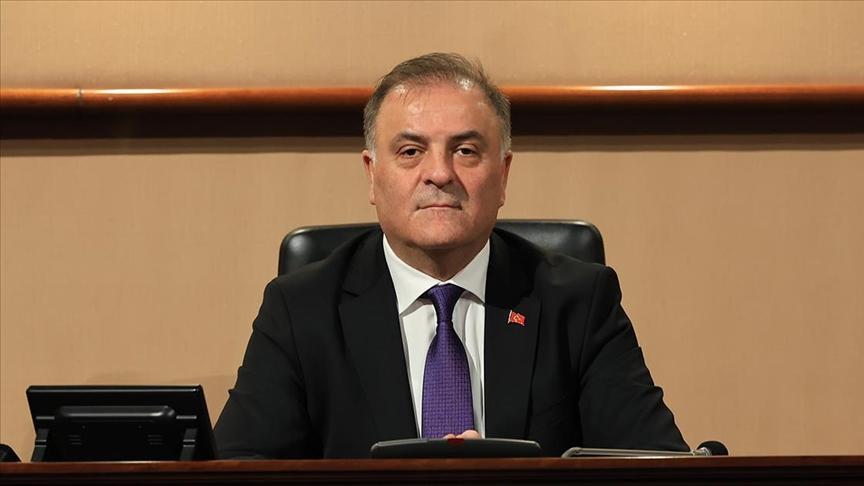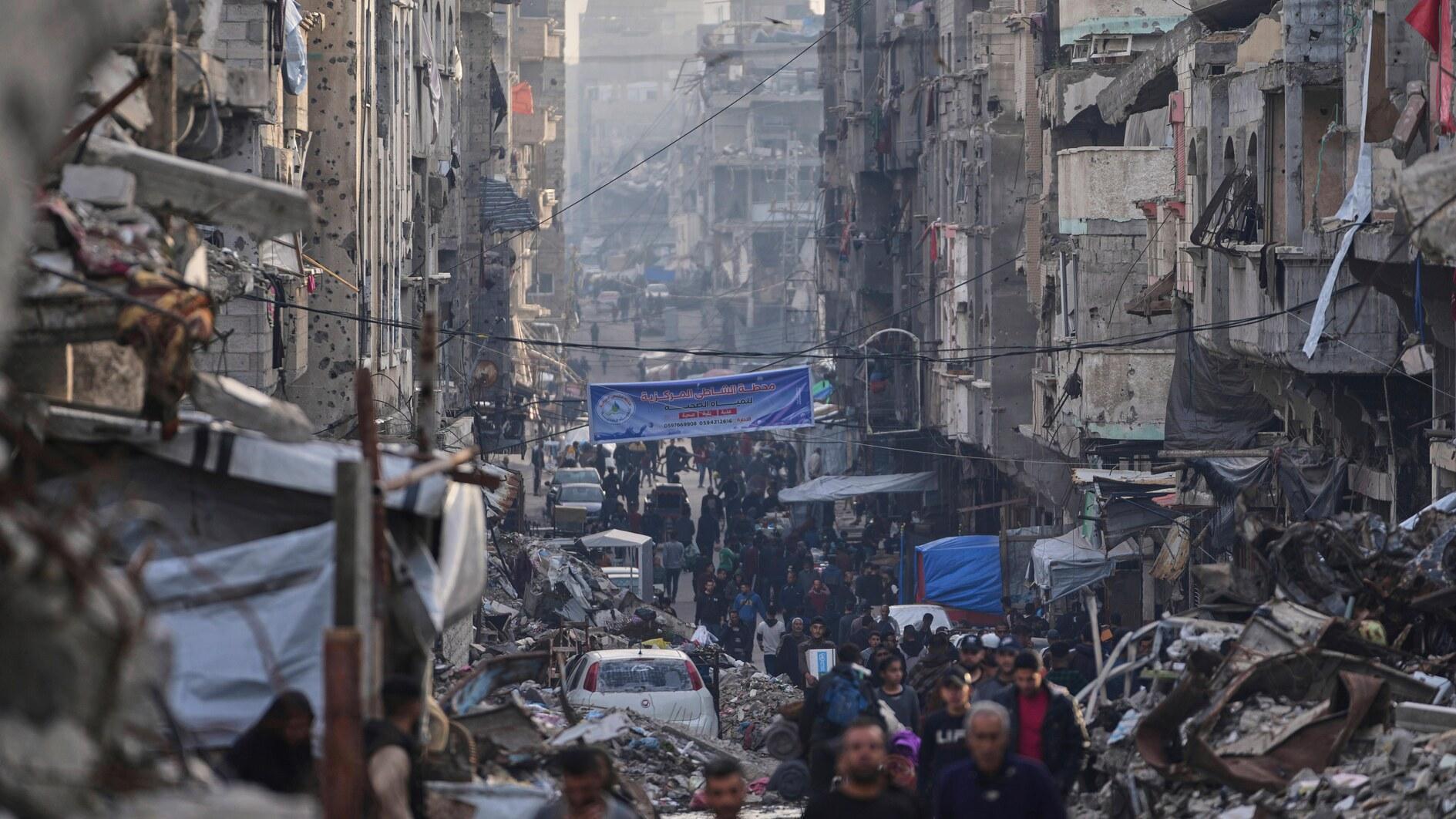Yet another decision against Armenia on Nagorno-Karabakh
Turgut Kerem Tuncel
The ceasefire in 1994 ended the large scale clashes between Armenian and Azerbaijani forces over Nagorno-Karabakh. However, since then skirmishes have continued to claim lives from both sides. The year 2014 was the bloodiest so far with 72 recorded deaths and the tension endured in 2015. The problem of refugees and displaced persons still remains unsolved.So far, numerous meetings have been held and many resolutions have been drafted, not only by the OSCE Minsk Group but also by other international organizations such as the U.N. Security Council. The most recent of these was the Draft Resolution prepared by the Political Affairs Committee of the Parliamentary Assembly of the Council of Europe (PACE) on Nov. 4, 2015. Its sharp language, plain evaluation of the facts, and bold proposals distinguishes this resolution from previous ones.
The PACE Draft Resolution underlines that despite the tragic humanitarian consequences, the Nagorno-Karabakh conflict does not attract enough consideration from the international community and remains a source of instability for the entire South Caucasus. The Draft Resolution also warns about the changing nature of the clashes by drawing attention to the reported use of heavy artillery and the deliberate targeting of civilian settlements.
The Draft Resolution criticizes Armenia’s non-constructive approach, which it identifies as being “in breach of Armenia’s commitments as a member of the Council of Europe.” This criticism is probably also a protest against the Armenian authorities’ refusal to allow PACE rapporteur Robert Walter to visit Nagorno-Karabakh. In fact, Armenia continues to insist that the OSCE Minsk Group should be the only body to mediate the Nagorno-Karabakh conflict, with no other actor interfering. This position is shaped by Armenia’s anticipation of favors from the co-chairs of the OSCE Minsk Group. Regrettably, this anticipation is not without grounds, particularly with respect to the favoritism of France, Russia and the U.S. towards Armenia.
The Draft Resolution criticizes the OSCE Minsk Group for failing to implement previous resolutions and achieve practical results. The Draft Resolution states that “in light of the lack of progress over the last 20 years, which undermines the credibility of international institutions, [PACE] calls upon the Minsk Group to consider reviewing its approach to the resolution of the conflict.”
In relation to its concern about the ineffectiveness of the OSCE Minsk Group, PACE underscores that “the status quo is not acceptable and must not be seen as a fait accompli, ultimately to the benefit of one party.” Indeed, PACE refers to Armenia’s aim to maintain status quo, (i.e. occupying the Nagorno-Karabakh and the surrounding regions), as a strategy to legitimize the de facto situation. In fact, Armenia’s rejection of interference of international actors other than the ineffective OSCE Minsk Group should be understood in relation to this strategy.
Furthermore, the Draft Resolution confirms several essential facts that help to attain a clear picture of the true nature of the conflict. The Article 6 of the Draft Resolution affirms that the Armenian military action “led to large-scale ethnic expulsion and the creation of mono-ethnic areas which resemble the terrible concept of ethnic cleansing.” It restates that “independence and secession of a regional territory from a State may only be achieved through a lawful and peaceful process based on democratic support by the inhabitants of such territory and not in the wake of an armed conflict leading to ethnic expulsion and the de facto annexation of such territory to another State.” On this ground, PACE invalidates the Armenian argument of “self-determination,” as it rightly designates that “self-determination” is not the will of the entire population of the Nagorno-Karabakh and the surrounding regions but rather something imposed by an occupying power. Accordingly, PACE calls for the “withdrawal of Armenian armed forces and other irregular armed forces from Nagorno-Karabakh and the other occupied territories of Azerbaijan, [and] the establishment of full sovereignty of Azerbaijan in these territories.”
While Azerbaijan has embraced the Draft Resolution, the Armenian side raised habitual complaints about Baku’s “caviar diplomacy” in a bid to discredit it. The Draft Resolution will be presented for adoption in January 2016. However, its sharp language, plain confirmation of some basic facts, and its criticism of the ineffectiveness of the OSCE Minsk Group, reveal the changing climate in the international arena with respect to the Nagorno-Karabakh conflict. It remains to be seen whether Armenian propaganda about “Azerbaijani caviar diplomacy” will reverse this tide.
* Turgut Kerem Tuncel is a researcher at the Center for Eurasian Studies (AVİM) in Ankara.











